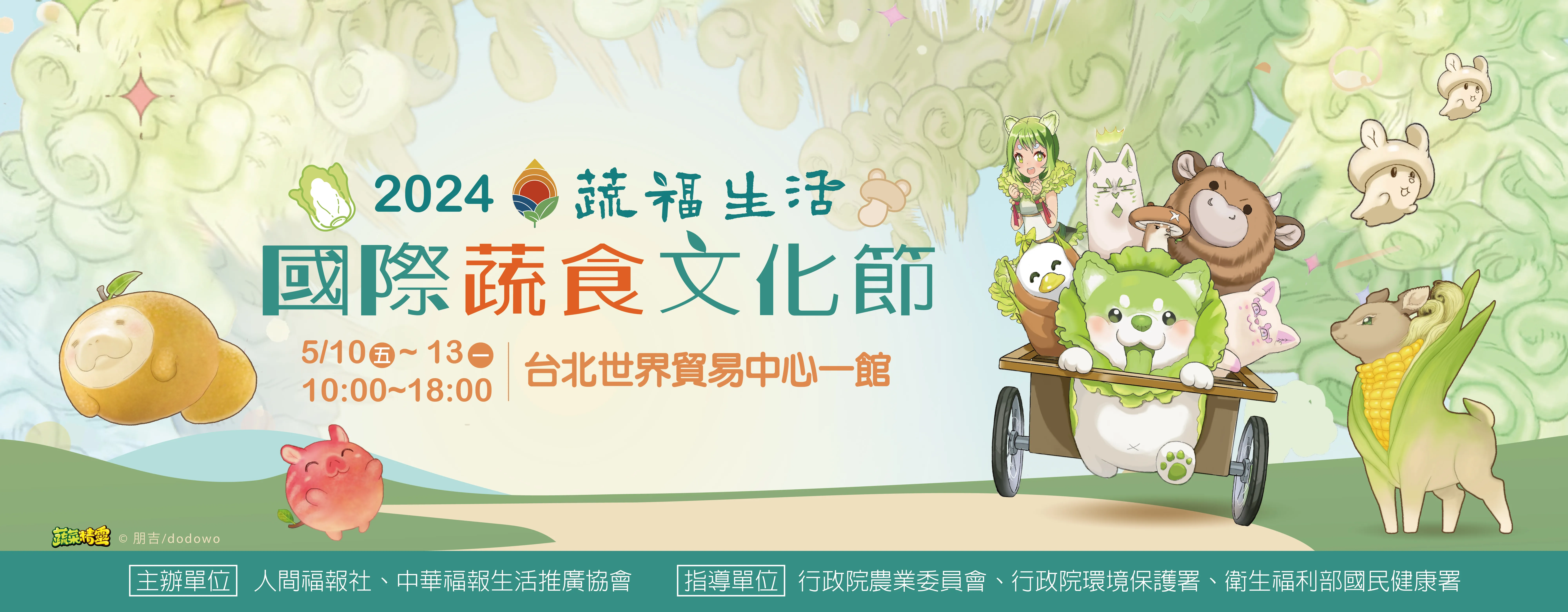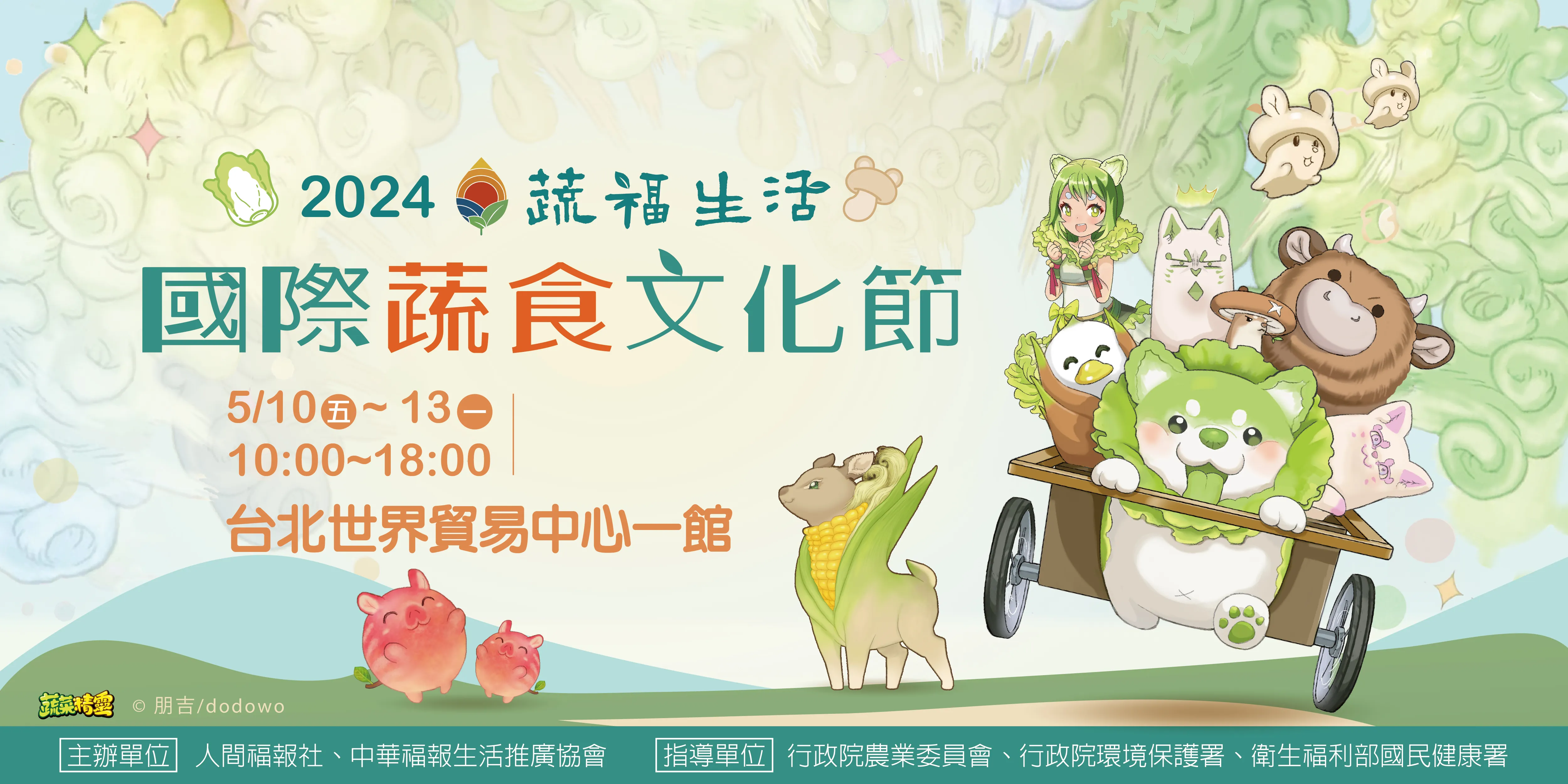


| 時代: | 14世紀 (元末明初時期) |
| 出土地點: | 傳世品 |
| 尺寸: | 高度:約50 cm 長度:約21 cm 寬度:約13 cm 重量:5,440 g |
| 質地: | 銅鎏金 |
| 數量: | 1 |
此尊綠度母著典型的菩薩裝,頭戴寶冠、髮髻高聳,身披天衣,胸前、手臂、手腕和腳背戴有瓔珞珠寶,下著垂踝長裙,長裙襬富有層次感,右手施與願印,左手施說法印,左右手各執一株蓮花,其間盛開的蓮花上有寶瓶與金剛杵,站立於蓮花座上,整體造型優美,修飾細緻,蓮花座是雙瓣蓮,是標準元末明初時期之蓮花座形式。
The Green Tara is depicted in the typical attire of a bodhisattva, adorned with a crown and a towering hairstyle. She is draped in celestial garments, adorned with jewels on her chest, arms, wrists, and ankles. She wears an ankle-length flowing skirt with intricate folds. Her right hand forms the gesture of generosity, while her left hand is in the teaching gesture. In each hand, she holds a lotus flower, with a treasure vase and a vajra placed on the blossoms. She stands atop a lotus pedestal, exuding elegance and intricate detailing. The pedestal consists of a double-petal lotus, which is a standard form from the late Yuan to early Ming period.
此法像銅胎外先上一層護胎紅漆再鎏金,明中期至清朝和近代,已無上護胎漆之作法,整件胎體有銅胎之氧化效應,與清朝銅鎏金相比,胎體重,也和現代較死沉的銅胎不同,鎏金色澤偏深黃色、較厚,是元末明初時期標準的鎏金方式與銅胎。此件鑄造方式是標準中、大型脫蠟法,局部有微細沙孔,紋飾細膩,與現代用鑄造範沙法製作,光身或紋飾較少的製作方式截然不同。
This gilded bronze statue is coated with a protective layer of red lacquer before gilding, a technique common during the late Ming to Qing dynasties and into modern times. The bronze body has undergone oxidation, a characteristic of the copper core, and is distinct from the heavier and less vibrant modern bronze. The gilding is of a deeper yellow color and thicker, adhering to the standard gilding method of the late Yuan to early Ming period. The statue is crafted using the standard mid-to-large-sized lost wax casting technique, and there are minute sand pores present. The delicate ornamentation sets it apart from modern casting methods, which involve either plain surfaces or less detailing.
此件曾經長期有香火供養,因此鎏金有百分之九十以上已氧化自然脫落,法像整體有老化包漿現象,手感溫潤。法像內部無裝藏,底盤遺失已久,內部的銅綠是標準元末明初時期的銅綠。
The piece has experienced long-term worship, resulting in over 90% of the gilding having naturally oxidized and worn off. This contributes to the overall patina and aged appearance of the statue, providing a warm and textured feel. Internally, the statue is hollow and lacking its original base. The green patina inside adheres to the standard green patina of the late Yuan to early Ming period.
